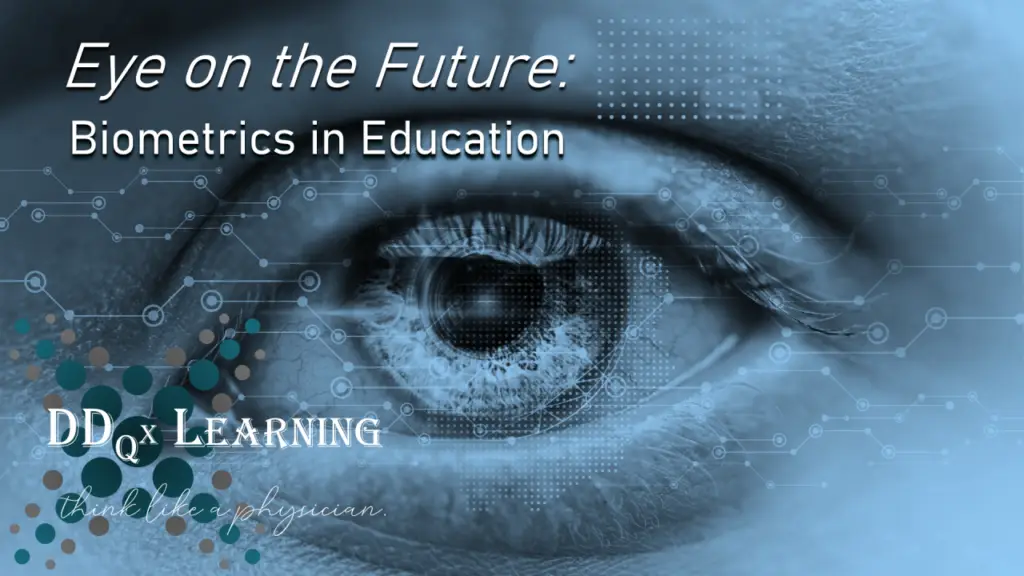
Eye on the Future: Biometrics in Education
Over the past few years, I’ve seen more and more biometric technologies become integrated into home tech. Scan my fingerprint instead of making me type in a password? Cool. If getting my screen to accept my fingerprint is a hassle, it’ll scan my face instead? Sure, as long as it works better. Voice-recognition so I don’t even have to touch or look at something? Awesome. However, the culmination of these individual technologies got me wondering two things…
- What are their potential uses in advancing education?
- Who is managing this data on the other end and what are the ethical concerns surrounding the possession of so many unique identifiers?
Biometric technologies, which involve the use of unique physiological characteristics to identify individuals, have the potential to significantly enhance personalized learning experiences. They offer a range of possibilities from tailoring educational content for individual learning styles, to providing real-time feedback to educators and learners. However, alongside these promising applications, there are significant ethical implications to consider.
Biometrics in education can include technologies like facial recognition, fingerprint scanning, and even more advanced techniques such as eye tracking or heart rate monitoring. These technologies can be used to gather a wealth of information about a student’s engagement, attention, and understanding in real-time. For instance, eye tracking can provide insights into which parts of a lesson a student finds most engaging, while heart rate monitoring could potentially indicate levels of stress or excitement.
The benefits of this level of personalization are clear. Lessons can be tailored to individual learning styles, helping students to learn more effectively and at their own pace. Real-time feedback can help educators to immediately identify and address issues, such as a student struggling with a particular concept. In a remote learning environment, these technologies could provide invaluable insights that would otherwise be impossible to glean.
However, the use of biometric data in education also raises significant ethical concerns. The most obvious is the issue of privacy. Schools have a duty of care to protect their students, and this includes their personal data. Biometric data is particularly sensitive because, unlike a password or student ID, it cannot be changed if it is compromised.
There are also issues around consent and the potential for coercion. Can a minor give informed consent for their biometric data to be used? What if a student or their parents are uncomfortable with the use of this technology?
And then there is the question of how this data is used and who has access to it. There is potential for misuse of the data, whether that’s unauthorized access by third parties, or the use of the data for purposes beyond education, such as targeted advertising.
In conclusion, while biometric technologies offer exciting potential for personalized learning, it is crucial that their implementation is accompanied by rigorous ethical safeguards. As we move forward, it’s essential for educators, technologists, and policymakers to engage in an open dialogue about these issues. Only by doing so can we ensure that we harness the benefits of these technologies, while also protecting the rights and wellbeing of students.
Where do your views on the use of these technologies in education? Let me know in the comments!
